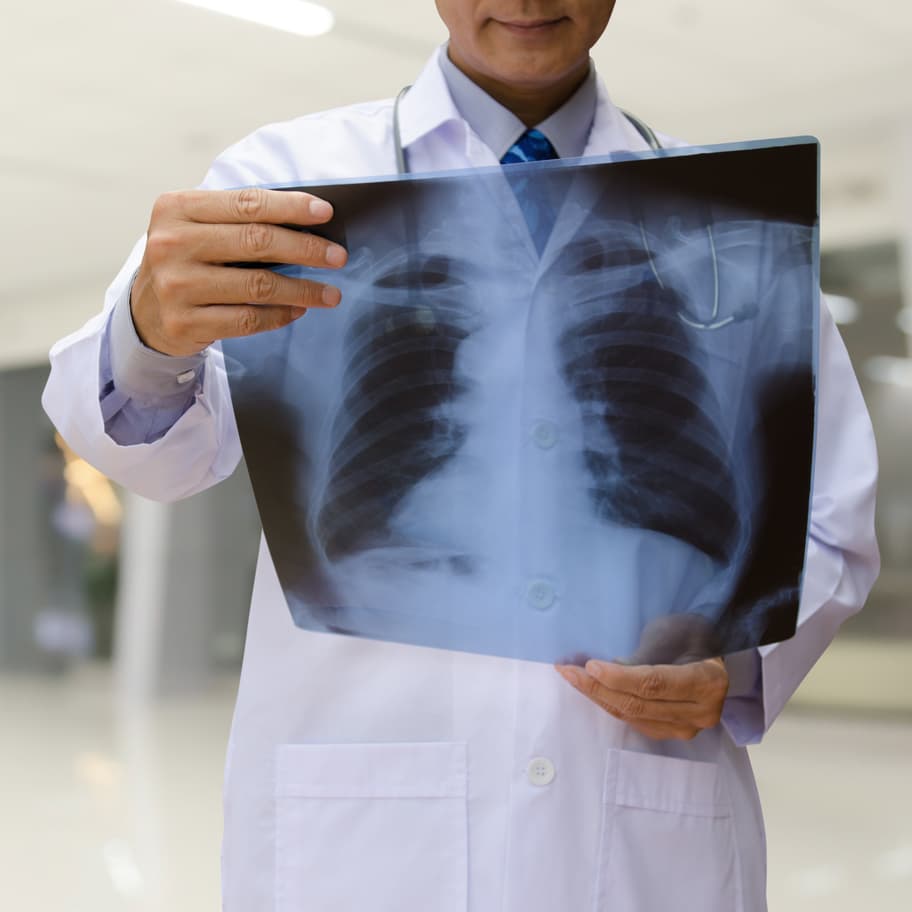Who is Liable?
If you have sustained rib injuries which were caused as a result of the negligence of another party, you may be entitled to make a claim for damages. In order to do this, an important first step in this claims process is determining who is liable for the cause of the injuries which you have sustained. This will vary depending on the circumstances in which your injuries were sustained. Rib injuries can occur in a number of circumstances including accidents at work, sports injuries, road traffic accidents and accidents in a public place. Determining liability will vary depending on where the accident occurred. In some cases, these injuries may also be sustained as a result of negligence.
Who is Responsible?
Rib injuries can often be quite serious and can leave the injured person with reduced mobility and unable to carry out everyday tasks for a certain period of time. In most cases, these injuries can take 4-6 weeks to heal correctly and can be caused by a number of different reasons.
Accident at Work*
Following a workplace accident, your employer could be found liable for the injuries which you have sustained. They have a duty and responsibility to ensure the health and safety of their employees at all times throughout the course of their work. Failing to carry out certain procedures and practices such as training and risk assessments or providing personal protective equipment (PPE) could result in them being seen as liable for any accidents which occur. Following a risk assessment, the results of this should be made available to employees so that they are aware of any potential hazards or procedures which they must follow in order to prevent an accident. Some examples of workplace accidents that have led to a rib injury are:
Accident in a Public Place*
The most common type of accidents associated with this is slip, trip and fall accidents. These occur for many reasons but are often caused by wet floors and spillages. Many of these accidents occur on commercial properties such as shops or restaurants. It is often the manager or occupier of the premises who is seen as liable for any injuries sustained. As many of these injuries are caused by spillages it is important that there are procedures and practices in place on how to ensure that they do not become a hazard. They should be cleaned up in a timely manner and if this cannot be done there should be warning signs in place which make members of the public aware of this.
Sports Injuries*
Due to the physical nature of sport, it can be difficult to prevent injuries from being sustained. Despite this, managers and clubs have a responsibility to ensure that they take reasonable steps to ensure that no injuries are sustained. They could be found liable if an avoidable injury was sustained. Rib injuries can be quite common in these cases and can take some time to correctly heal.
Road Traffic Accident*
Following road traffic accidents, injuries can be sustained by drivers, passengers or pedestrians. If there has been a clear breakage in the rules of the road it can be easy to determine liability. In some cases, it can be difficult to determine this depending on the circumstances in which the injuries were sustained.
Common Injuries
- Broken and chipped ribs
- Internal injuries
- Tissue Damage
- Ligament damage
- Bruising
- Injuries to the chest
- Pain and discomfort
Causes of Rib Injuries
Inadequate Personal Protective Equipment (PPE)
This is one of the leading causes of accidents at work as failing to wear the correct equipment can lead to various injuries being sustained. PPE includes footwear, clothing, hats, gloves and facial masks and protection. Failing to wear the correct clothing can lead to rib and chest injuries which could leave the injured person unable to attend work for a certain period of time. This equipment should be provided by the employers but it is the responsibility of the employees to ensure that they are wearing this equipment.
Lack of Training
This is another cause of the injury which is associated with workplace accidents. All employees should be provided with adequate training prior to carrying out their work. This helps to prevent accidents and injuries and also makes employees aware of practices and procedures which they must follow.
Spillages and Wet Floors
Spillages and wet floors can cause people to trip and fall and can occur in work or in a public place. If they were to land on their chest it could cause ribs to break or chip. This can also lead to internal injuries as the rib cage is there to protect the heart and lungs. Impact on the rib cage could lead to further injuries involving the internal organs.
Road Traffic Accidents*
Road traffic accidents are a common cause of rib and chest injuries. Following an accident, the impact from the hit can cause pressure to be put on the ribs leading to injuries such as chips and breaks. Serious rib and chest injuries can lead to longer recovery times and reduced mobility.

